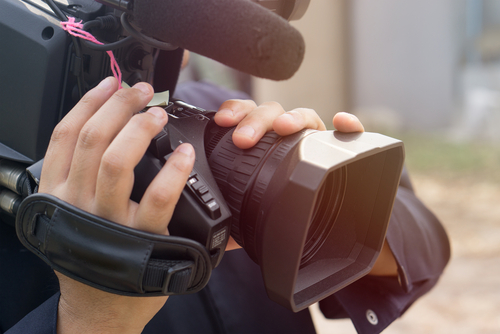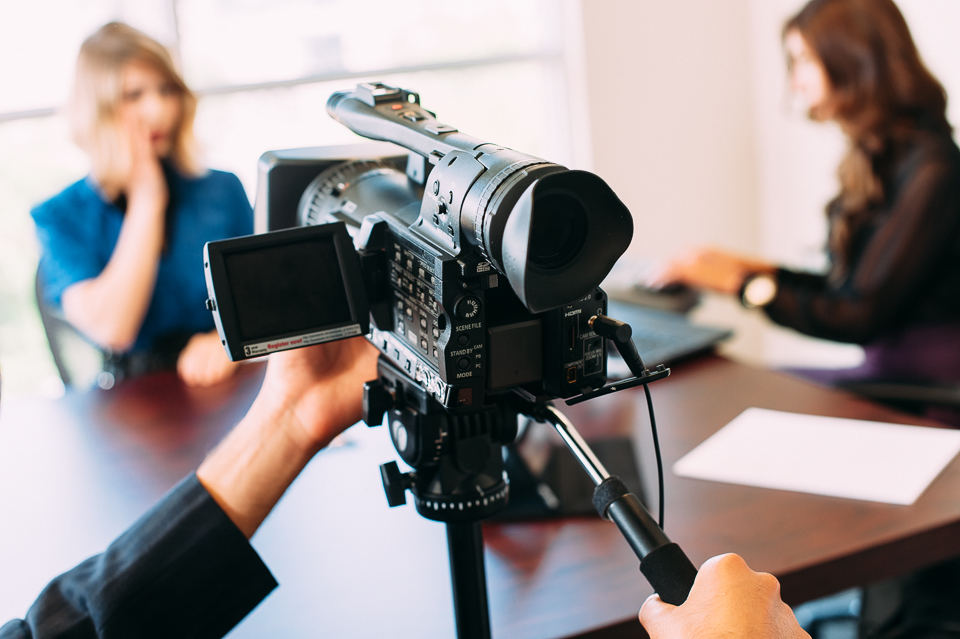Understanding the Importance of Videography in Legal Process
The assimilation of videography into lawful procedures has actually arised as a substantial aspect in the discussion and analysis of proof. By capturing visual aspects such as body movement and faces, videography boosts the narrative surrounding witness statements and can exceptionally affect jury assumptions. As the lawful landscape advances, recognizing its implications on credibility and quality ends up being necessary for attorneys. What ideal methods should be adopted to maximize its efficiency, and how might future developments improve this important facet of the judicial procedure?
Role of Videography in Evidence
Videography plays a significantly vital function in lawful process, working as an effective tool for providing evidence. The combination of video clip recordings right into the lawful framework permits a much more dynamic depiction of realities, allowing courts and jurors to picture events as they transpired. This aesthetic documents can incorporate a series of materials, including monitoring footage, taped witness statements, and expert demos, every one of which can significantly enhance the evidentiary landscape.
One of the key advantages of videography is its capacity to catch nuances that might be lost in written accounts. Face expressions, body language, and situational context can provide vital understandings, assisting to share emotions and intentions that message alone can not. In addition, using video evidence promotes an extra engaging courtroom experience, potentially aiding jurors in comprehending intricate cases.
As modern technology advancements, the top quality and availability of videographic evidence have enhanced, making it an important part of modern legal practices. Courts significantly identify the worth of video as a trusted resource of information, prompting legal experts to adjust their strategies for evidence presentation. Inevitably, videography offers not just to highlight facts but likewise to improve the overall integrity of the judicial procedure.

Enhancing Trustworthiness and Clarity
A considerable advantage of incorporating videography in legal proceedings is its capability to improve both integrity and clearness of evidence provided in court. Videographic evidence can catch nuances that created documents may overlook, such as tone, body movement, and context. This graph allows juries and courts to better comprehend the situations bordering the case, therefore cultivating an extra exact understanding of the events in concern.

In addition, the clearness afforded by videography minimizes the probability of false impression that can arise from textual descriptions. This accuracy is specifically critical in complex instances, where information can be quickly misinterpreted. Inevitably, by offering evidence in a visually available format, videography not just enhances the honesty of the judicial process however additionally supports informed decision-making by those involved in lawful process.
Impact on Jury Assumption
The addition of videographic proof significantly affects jury understanding, frequently resulting in more involved and educated deliberations. Jurors are normally more receptive to aesthetic info, which can enhance their understanding of intricate situations. Videography offers realities in a fashion that is both easily accessible and compelling, allowing jurors to get in touch with the proof on a much more personal level.
Furthermore, the capability to witness occasions as they happened can stimulate emotional actions that written transcripts or verbal testimonies may stop working to generate. This emotional engagement can lead jurors to form stronger opinions relating to the reputation of witnesses and the general story of the situation. The aesthetic representation of evidence likewise aids in clarifying ambiguities, making it less complicated for jurors to understand the context and significance of the details provided.
In addition, videography can act as a powerful tool for narration, allowing lawyers to construct a persuasive story that reverberates with the court. When jurors can imagine circumstances and witness key moments, their capability to calculated attentively and get to a knowledgeable verdict is considerably enhanced, ultimately influencing the outcome of legal proceedings.
Ideal Practices for Legal Videography
Carrying out finest methods in legal videography is important for making sure that aesthetic evidence is both Recommended Site reliable and reputable in the court room. Pick competent experts that specialize in lawful videography to ensure the technical top quality of the recordings. This consists of utilizing high-resolution cams and specialist audio devices to capture clear visuals and sound.
2nd, maintain correct paperwork throughout the recording process. This involves creating a detailed log that includes timestamps, descriptions of the content, and the identifications of all individuals existing. Such documents can bolster the authenticity of the video.

Furthermore, take into consideration using suitable editing and enhancing methods. While it is essential to maintain the initial web content, small modifications for clearness-- such as improving audio degrees-- can boost the overall presentation without modifying the substance.
Future Trends in Legal Videography
As legal videography remains to evolve, emerging methods and technologies are forming the future landscape of aesthetic proof in the court room (Legal Videography). One significant fad is the integration of high-def and 4K video clip quality, enhancing the clearness and detail of taped statements and proof. This better resolution help jurors in comprehensively evaluating the integrity of witnesses and the subtleties of the here and now materials
Furthermore, using expert system (AI) in video analysis is acquiring grip. AI devices can aid in recognizing crucial moments in video, generating transcripts, and even examining non-verbal communication, which offers deeper insights into witness integrity. Online reality (VIRTUAL REALITY) and augmented truth (AR) are poised to reinvent just how proof is provided, permitting jurors to immerse themselves in crime scenes or circumstances, consequently promoting a much more extensive understanding of the context.
Verdict
In recap, videography functions as a vital device in lawful proceedings, enhancing the discussion of evidence and enriching the general understanding of cases. By catching non-verbal cues here are the findings and strengthening the credibility of witness accounts, videography substantially affects court assumption and decision-making processes - Legal Videography. Sticking to ideal techniques ensures the performance of legal videography, while arising patterns promise to further boost its duty in the judicial system, eventually fostering a more enlightened and involved legal environment
Videography plays a significantly crucial role in lawful proceedings, serving as a powerful medium for offering proof.A significant advantage of incorporating videography in legal process is its capacity to enhance both trustworthiness and quality of proof offered in court. Inevitably, by presenting proof in an aesthetically obtainable format, videography not just strengthens the integrity of the judicial procedure but likewise supports informed decision-making by those included in lawful procedures.
In recap, videography serves as an essential tool in legal procedures, enhancing the discussion of proof and improving the total understanding of cases. Legal Videography. Adhering to best practices makes sure the efficiency of lawful videography, while emerging fads assure to further increase its duty in the judicial system, inevitably cultivating a much more informed and involved lawful setting
Comments on “Why Legal Videography Is Vital for Modern Litigation Processes”